A Fistful of Brain Teasers
Posted by: Don Atkinson on 13 November 2017
A Fistful of Brain Teasers
For those who are either non-British, or under the age of 65………. The UK used to have a brilliant system of currency referred to as “Pounds, Shillings and Pence”. Simplified to £ ״ s ״ d. No! Don’t ask me why the “Pence” symbol is a “d”, just learn it and remember it !
A £ comprised 20 Shillings and a Shilling comprised 12 Pence. Thus a £ comprised 240 Pence. I reckon that both Microsoft and Apple would have difficulty with these numbers in their spreadsheets, more so if we included Guineas, Crowns, Half-Crowns and Florins. However, I digress..............
The purpose of the explanation is to assist with the first two or three teasers that follow. So just to ensure a reasonable comprehension has been grasped…. ….. if each of three children has £3 − 7s − 9d, then collectively they have £10 − 3s − 3d Got the idea ? Good ! Just try 5 children, two each with £4 − 15s − 8d and three each with £3 − 3s − 4d. How much do they have between them ? (this isn’t the first brain teaser, just the basic introduction with some “homework”, the Teasers follow)
Posted on: 15 December 2017 by Don Atkinson
Now for something more down to earth....
TETHERED GOAT EATS GRASS.....
Near a small town with a big cathedral, a retired electronics worker named Paul, supplements his meagre pension with part-time farming. Paul rents a circular field of grass of 100m radius but he owns a very hungry goat from which he derives milk for cheese. Paul wishes to tie the goat to a post on the circumference of the field and wants to manage the growth of the grass so the goat doesn't decimate it too quickly. He therefore decides to use just enough rope so that the goat can only eat 50% of the grass.
What must the length of the rope be? Assume the distance between the jaws of the goat and the point of attachment of the rope is insignificant.
Now at the risk of upsetting Eloise, the answer on its own will attract an “OK” (you can probably look it up on the internet anyway). But a “Neat, well done” will only follow a bit of revealed calculation.
Posted on: 15 December 2017 by Don Atkinson
168 nautical miles from A i.e. 72 nautical miles short of B
168/150 = 1.12 hours
168/90 = 1.8777 hours
total = 2.9977 hours
Hi sj,
I'm guessing that you might have used a spreadsheet to "nudge" the distance further and further away from the departure point, until you found the point at which a return would not be possible.
I'm sure the airlines these days have sophisticated computer programs, especially for their long haul and trans-Atlantic flights, to figure out the probable wind speed at various altitudes and positions along their route. This, together with aircraft performance data,will help them figure out best power settings, requested altitudes and a host of other parameters to meet their schedules at minimal cost.
So if you did use the "spreadsheet nudge" process, you are in good company !
Posted on: 15 December 2017 by sjbabbey
No spreadsheet. Simply trial and error using my PC's calculator.
Posted on: 15 December 2017 by Don Atkinson
No spreadsheet. Simply trial and error using my PC's calculator.
You did well.
Posted on: 18 December 2017 by Don Atkinson
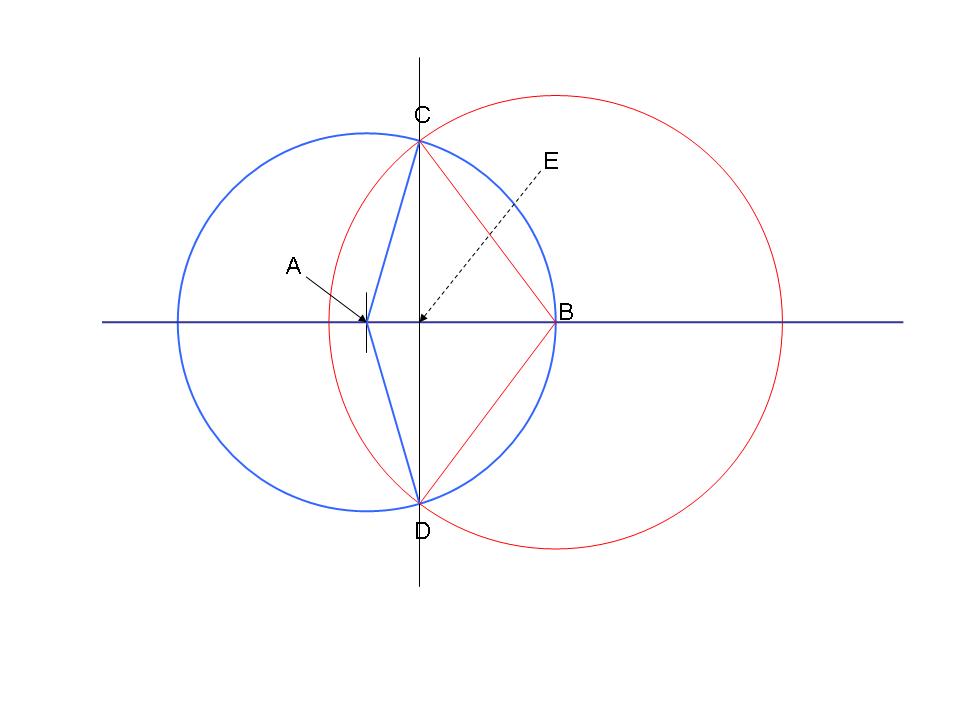
Back to the Goat & Grass......
The Blue circle represents the field so AC = AD = 1 ok 100 m, but call it 1 and remember it's 100m !
The red circle represents the length of the rope which is fixed to a post on the circumference of the field, at point B. So BC = BD = R = Length of the rope. And the overlap of the two circles is π/2 ie half the area of a field radius 1 (but remember it's actually 100m)
All you need to do now is work out a few lengths eg CE and a few areas of a triangle and a couple of circular segments (keeping everything in Radians) and ......................bingo......
............you have a formula..........(of sorts!)
Yes, this one is easy to understand but a bit more challenging to resolve !!!!!!! it will certainly sort the sheep from the goats...
Posted on: 19 December 2017 by Don Atkinson
ISTR that in recent years Probability has been in the maths curriculum more so than Geometry. So leaving aside for the moment the probability of somebody solving the Goat/Grass problem without a bit of facilitation, I thought it possible you might like to energise the grey matter with a few examples involving probability !
Probability
Consider tossing three fair coins. What is the probability of them landing with two heads and one tail showing ?
Posted on: 22 December 2017 by Don Atkinson
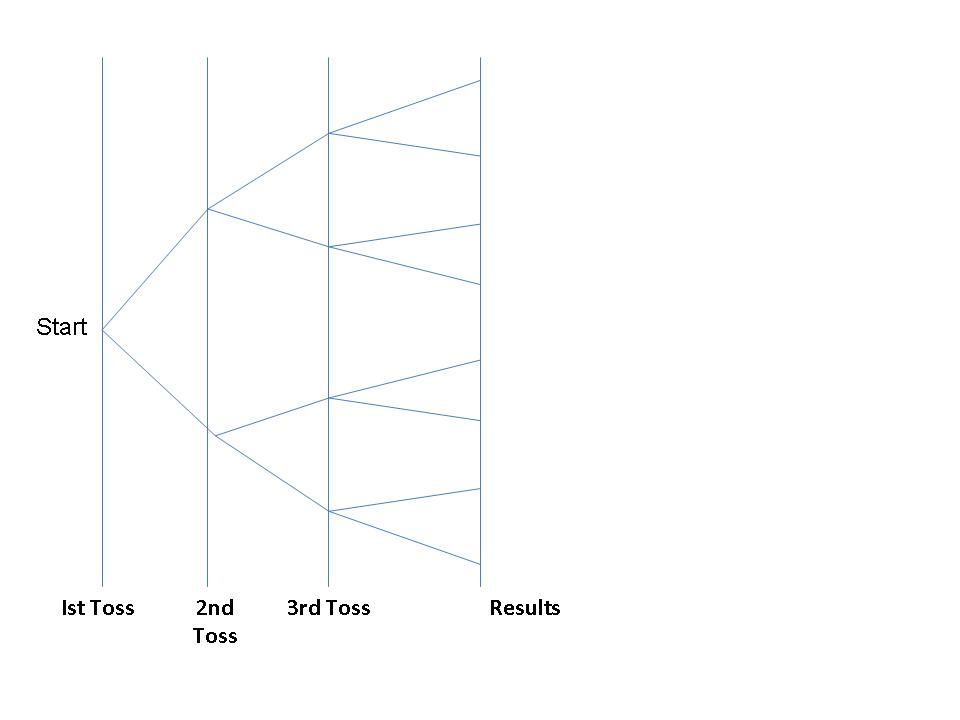
For many probability questions, I find it helps to start with a "tree" diagram like the one above.
When the outcome of an "Event" is 50/50, (as in the 3-coins), there is little point in adding the probability of each outcome. since all outcomes are equally likely.
Posted on: 23 December 2017 by Don Atkinson
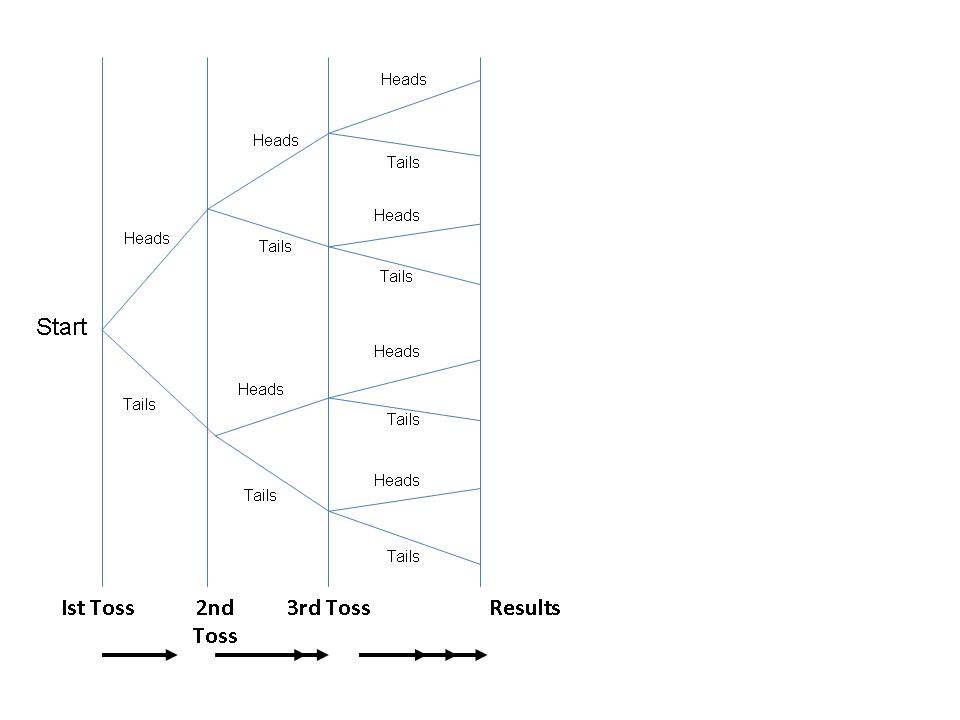
Eight possible outcomes.
Only some of which are HHT............(or THH.....or HTH.....) ie two Heads and one Tails
Posted on: 27 December 2017 by Don Atkinson

Step-by-step solution to the Tethered Goat teaser (it is just geometry)
Posted on: 27 December 2017 by Don Atkinson
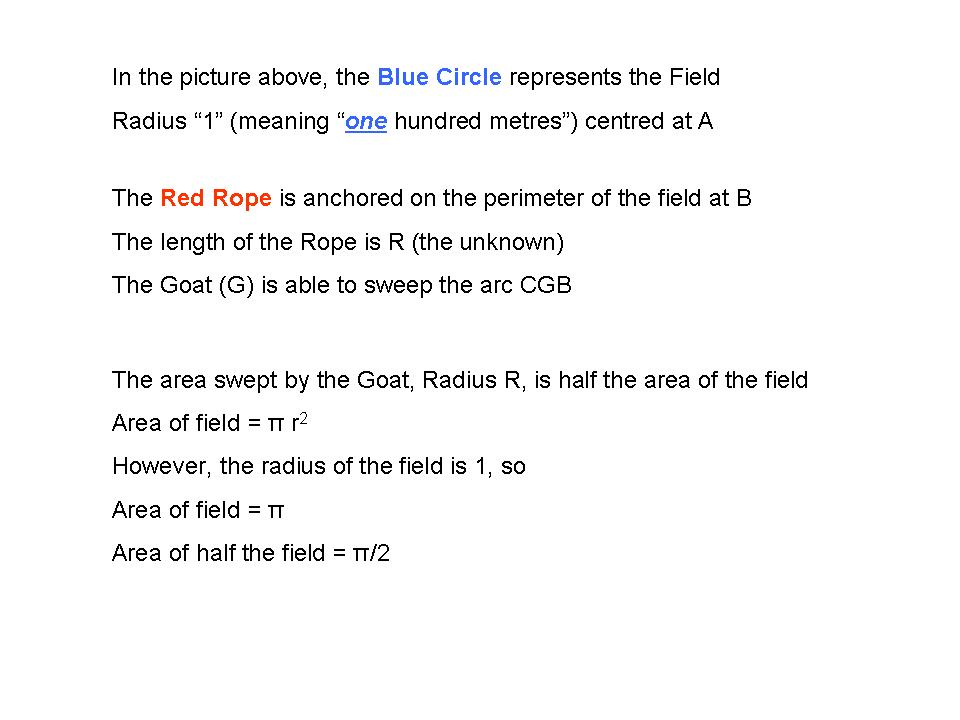
More to follow, just one step at a time.
Please jump in with your solution - it might be quicker........
Posted on: 27 December 2017 by Don Atkinson

Associated text is below
Posted on: 27 December 2017 by Don Atkinson
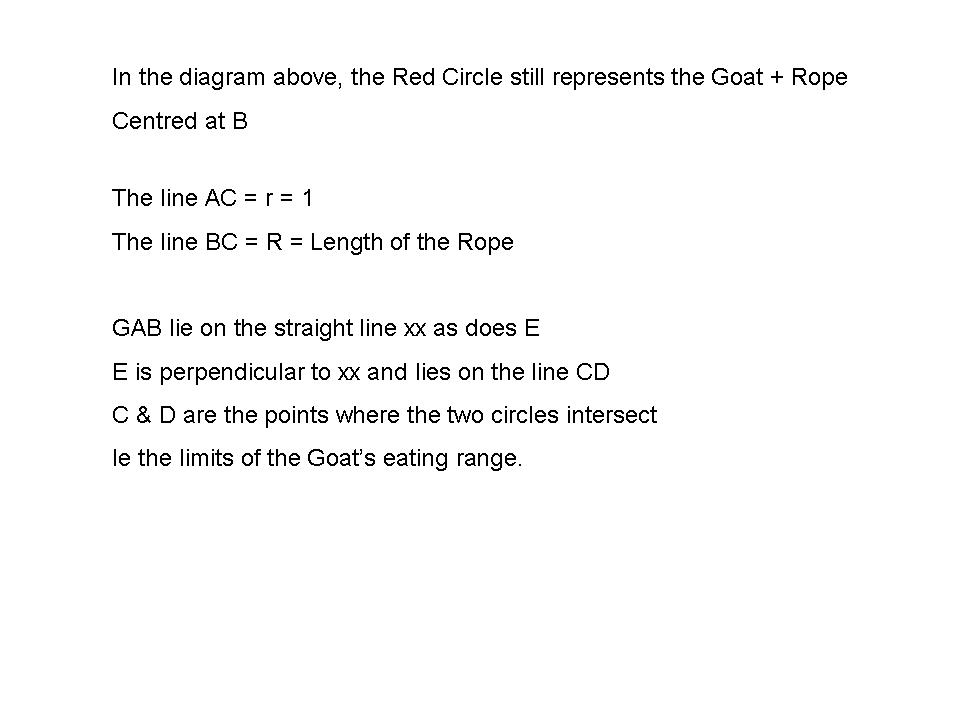
So far it's straight forward, but apologies if I have incorporated any "typos" 
Posted on: 27 December 2017 by Don Atkinson
Posted on: 27 December 2017 by Don Atkinson

Another couple of pictures to follow
Posted on: 27 December 2017 by Don Atkinson
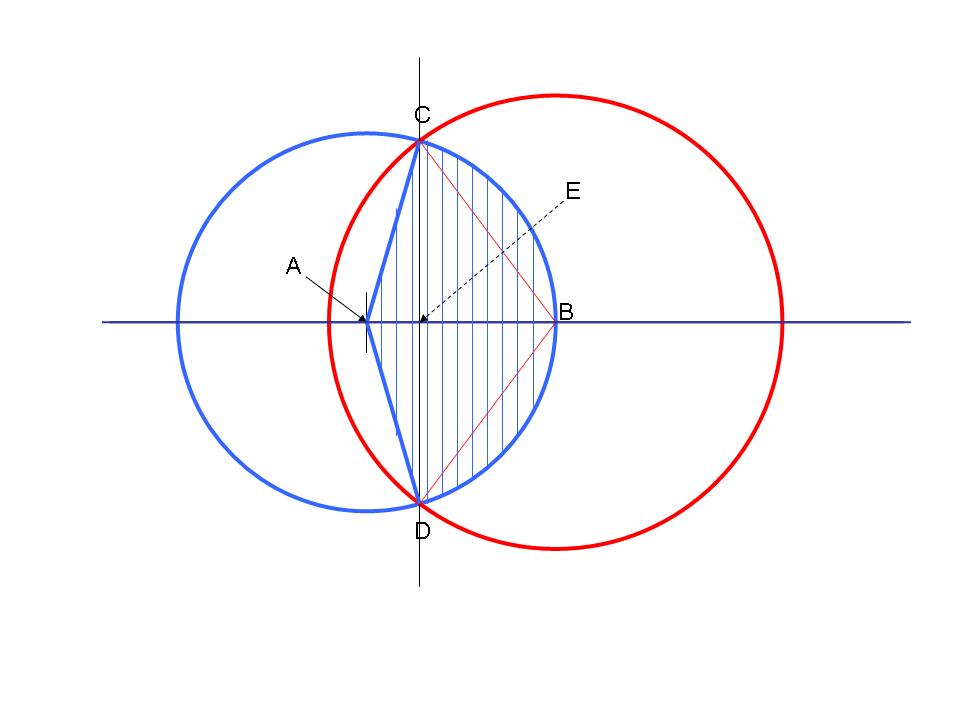
One more picture, then the maths.........
Posted on: 27 December 2017 by Don Atkinson

This picture is important !
Posted on: 27 December 2017 by Don Atkinson
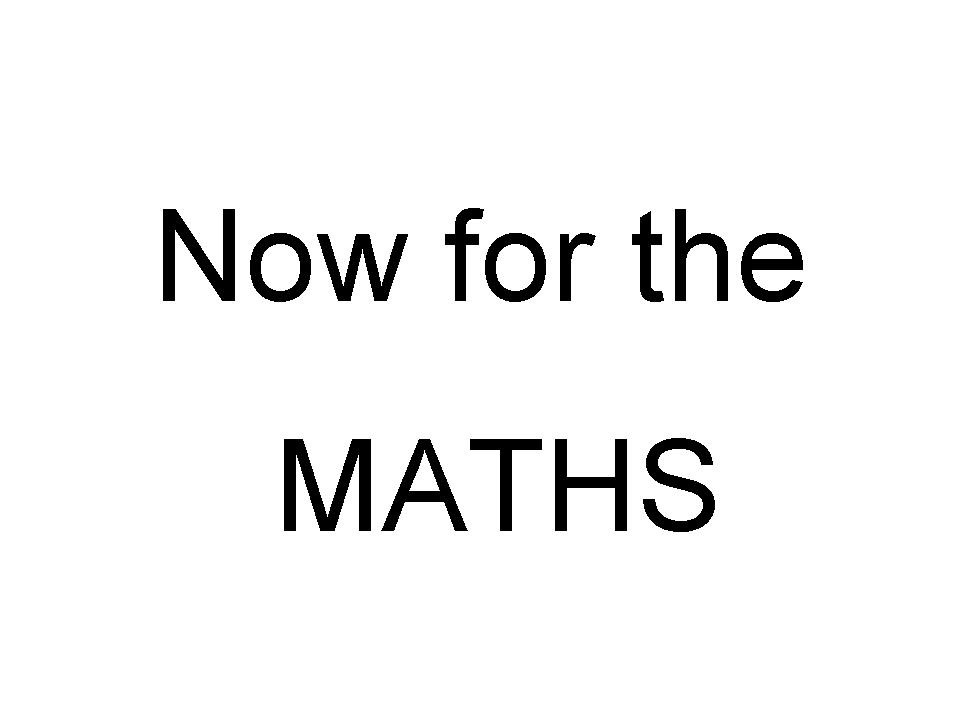
I'll leave it here for a day or two, give you time to absorb or jump in.
Posted on: 28 December 2017 by Don Atkinson
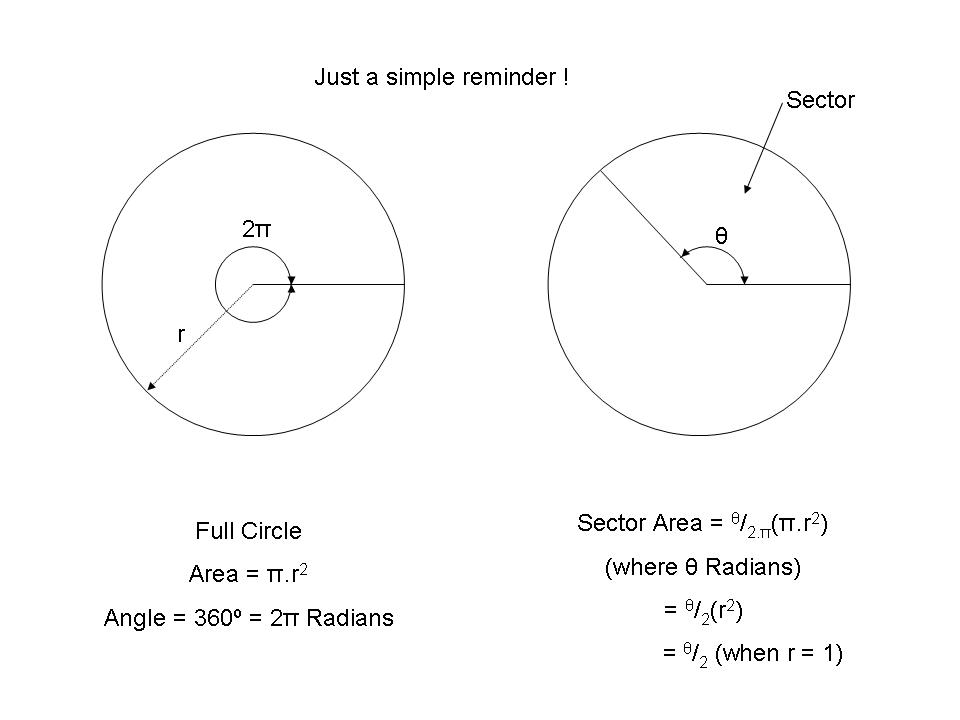
I'm aware that very few people would need this reminder, it's just in here for the sake of completeness !
Posted on: 28 December 2017 by Don Atkinson

I'm sticking with Radians because :-
- it's easier to write down the equations
- the arithmetic will be done in Excel, and by default, Excel uses Radians !
Posted on: 28 December 2017 by Don Atkinson
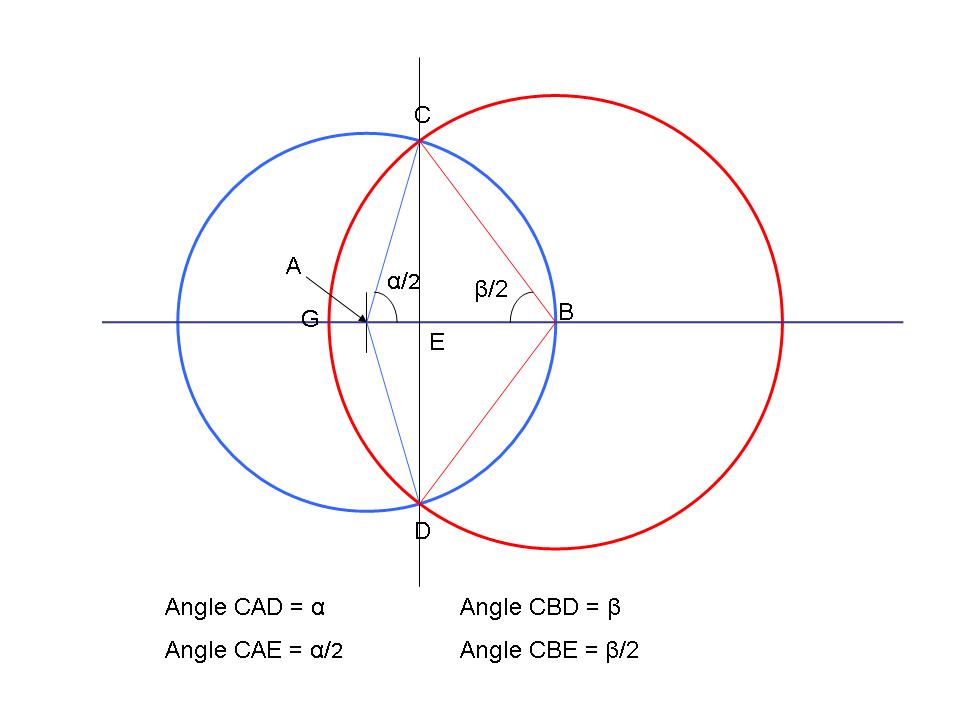
That funny symbol for Angle CAD = α is meant to be the Greek letter "Alpha"
There is more to follow (obviously) but you don't need to learn the Greek alphabet, you might like to, but you don't need to.
Posted on: 29 December 2017 by Don Atkinson
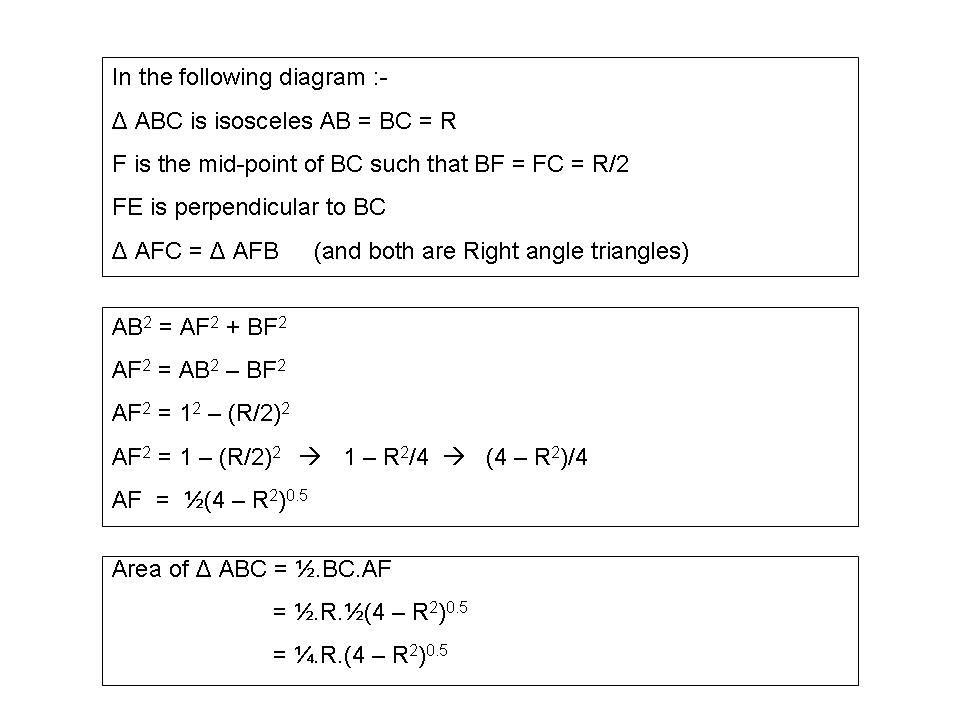
This is the beginning of the end, so to speak.
This post plus the following diagram and the post after that, just about nail it !
Posted on: 29 December 2017 by Don Atkinson
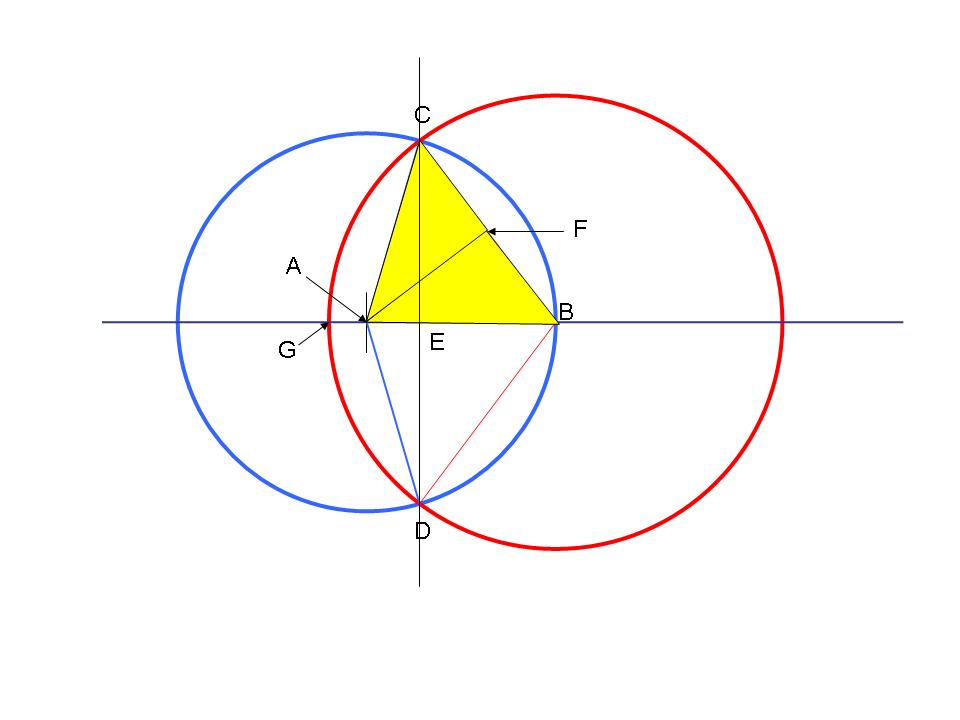
The yellow triangle is exactly half the "diamond" ACBD and AB = 1 (ie the radius of the field)
So the "height" CE is, in effect, the area of the "diamond"
Posted on: 29 December 2017 by Don Atkinson
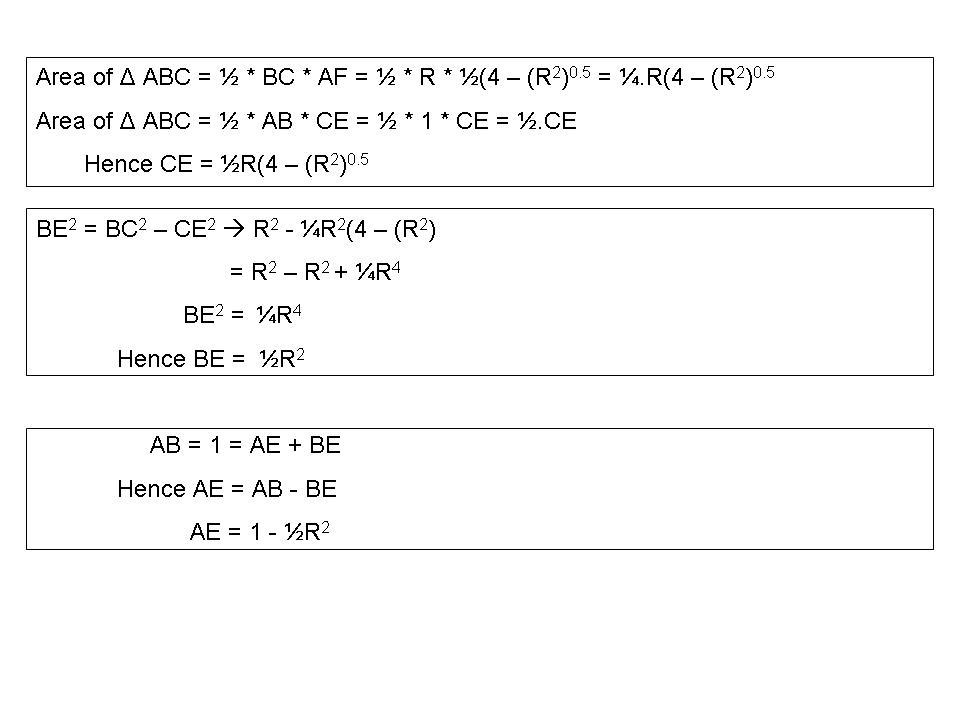
BE and AE are needed to help figure out the size of those angles α and β, but that's about all the Greek you need to know 
The "End of the End" will follow shortly.
Posted on: 30 December 2017 by Don Atkinson
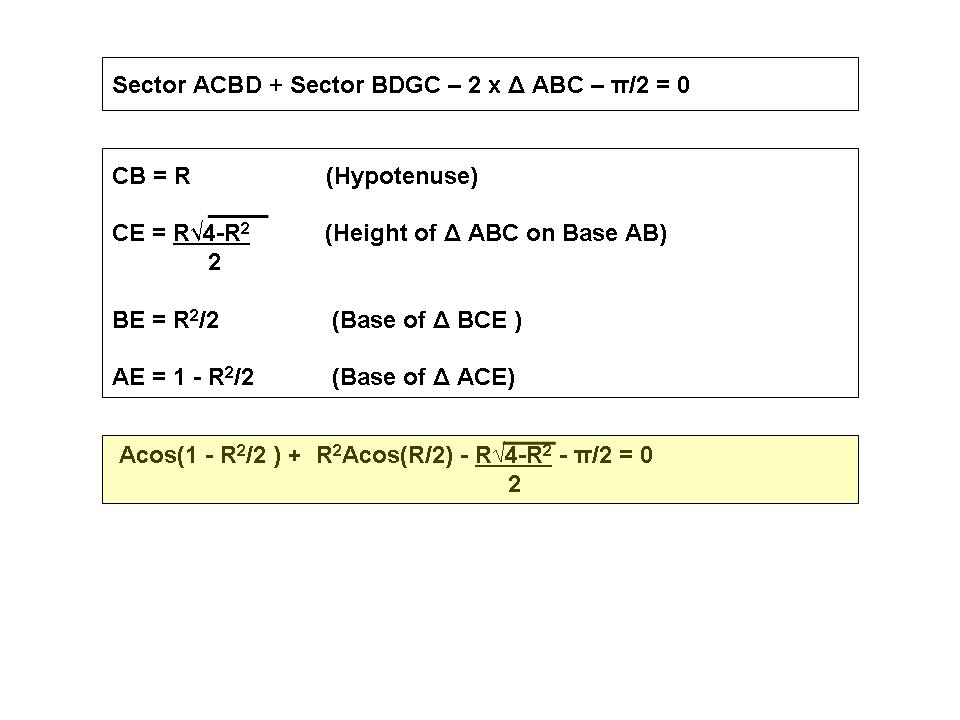
The above picture just sumarises the essential elements of my solution and the final expression for R (in yellow).
The next post outlines how I obtained a value for R using this expression - it's pig-ugly, but works
Can anybody find a unique numerical solution for R, rather than fumbling around with the above expression ?
Posted on: 30 December 2017 by Don Atkinson
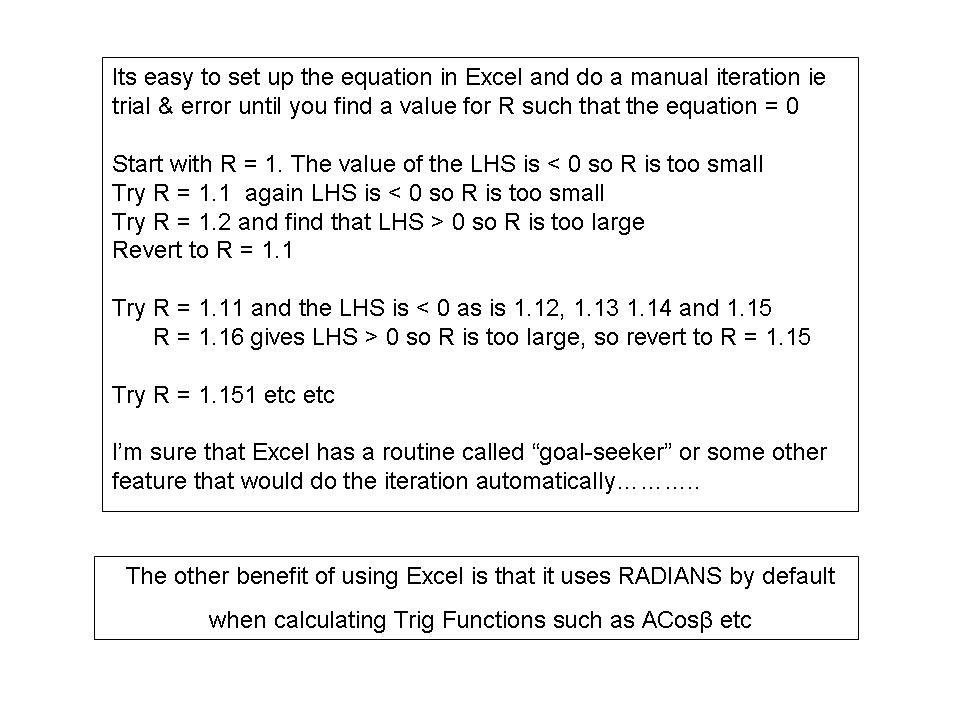
Of course, you don't have to use Excel. You can do the iterations by hand, using Trig tables (assuming you kept them from your school-days) 
I'll post a snap-shot of my solution (the above picture has given you a good start......) and Excel spread sheet later today or tomorrow.




















